Food scoops, coffee cups, yogurt containers, handfuls… These are the various and creative ways owners dole out their pet’s food. Thankfully, most pet owners use a measuring cup but, believe it or not, even these are surprisingly inaccurate.
The first research study to investigate this discovered that many participants over-estimated feeding amounts using a measuring cup, some by as much as 80%! Another study had participants measuring different quantities of dry food ranging from ¼ cup to 1 cup and found similar over-estimations that were further magnified as feeding amounts got smaller. In other words, not only do measuring cups lead to over-feeding, smaller pets are likely to be overfed to a greater extreme, putting them at an even greater risk for obesity.
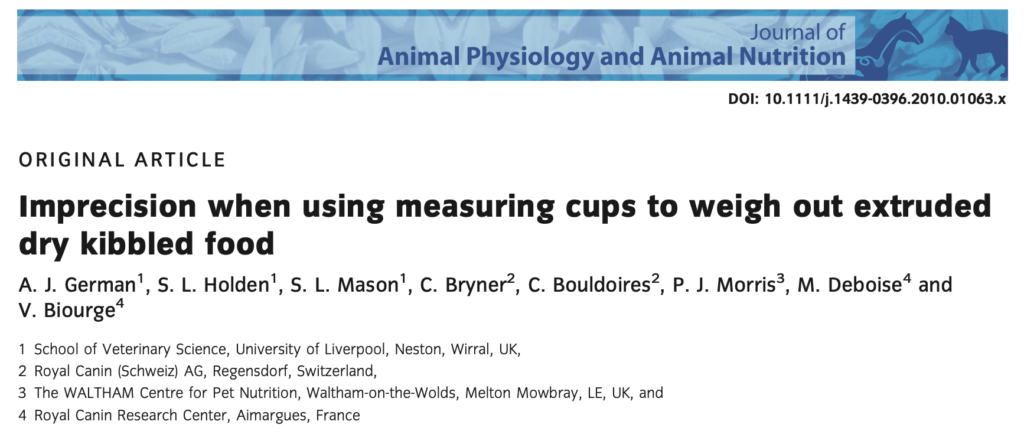
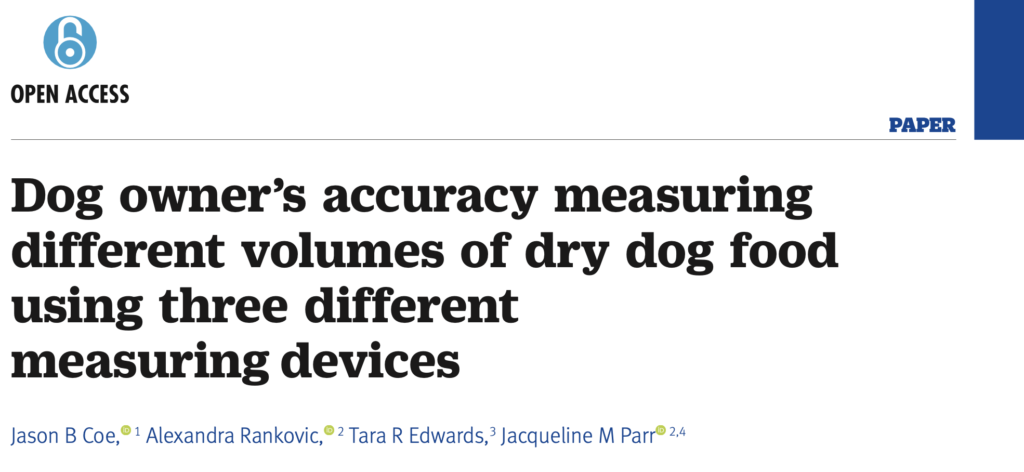
If research subjects – who are focusing hard on measuring food accurately – are missing the mark, pet owners – who may be in a hurry or half-awake first thing in the morning – are likely even further off in their feeding amounts. Over time, that excess food will have a negative impact on the pet’s weight. To put this into perspective, every 10% increment a pet is inadvertently overfed using a measuring cup is equivalent to a person eating one donut; this degree of intake above healthy daily food consumption quickly adds up!
Enter the digital kitchen scale. These handy devices are now commonplace in most households and are sold at most hardware and grocery stores. Digital kitchen scales allow for precise and consistent feeding and are an inexpensive investment that will pay off in spades. Healthy weight pets tend to have fewer medical problems – meaning fewer and less expensive veterinary visits – and weighing the daily food portion ensures a bag of pet food will last as long as possible as nothing is fed in excess. Healthy weight pets also have a better quality of life and longevity which, of course, is priceless.
To keep things as simple as possible, weigh the pet’s total daily food allotment into a clean container and feed the pet from that container throughout the day. For households with multiple pets, coloured containers can be used to distinguish between pets. This ensures that all members of the household know how much food the pet has for the day and avoids miscommunications leading to extra meals. If weighing pet food daily doesn’t fit with the busy household schedule, containers can be obtained for the seven days of the week allowing for simply a weekly date with the digital kitchen scale. This activity could even be delegated to kids to involve them in the family pet’s care and even help them practice their math skills!
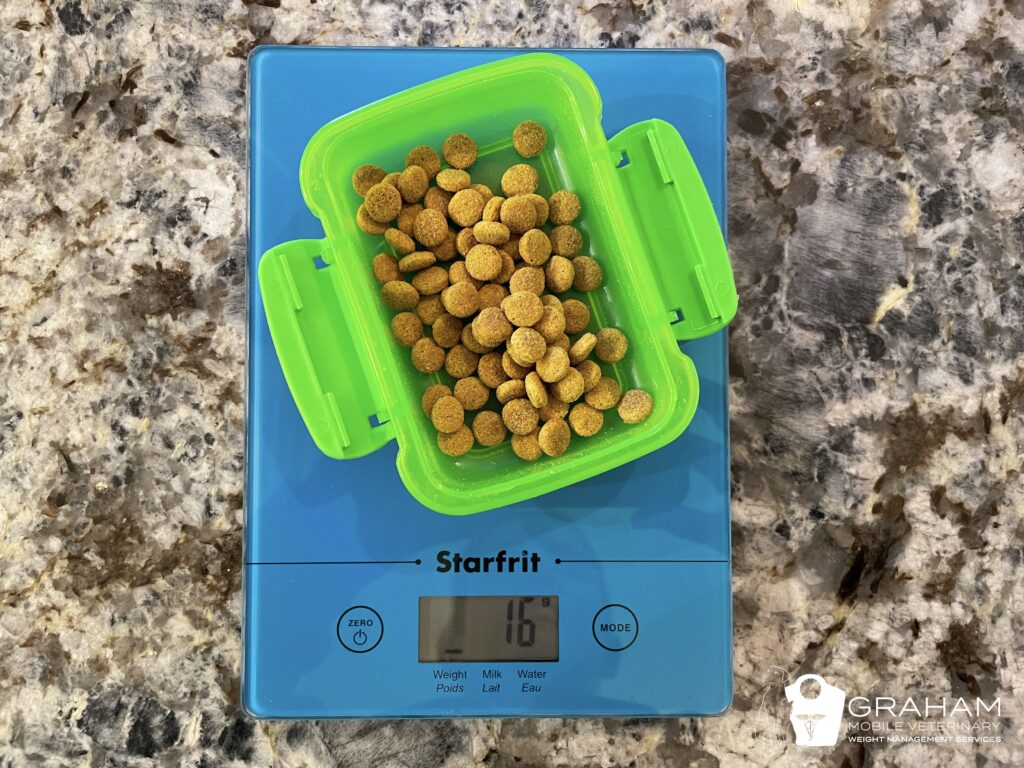
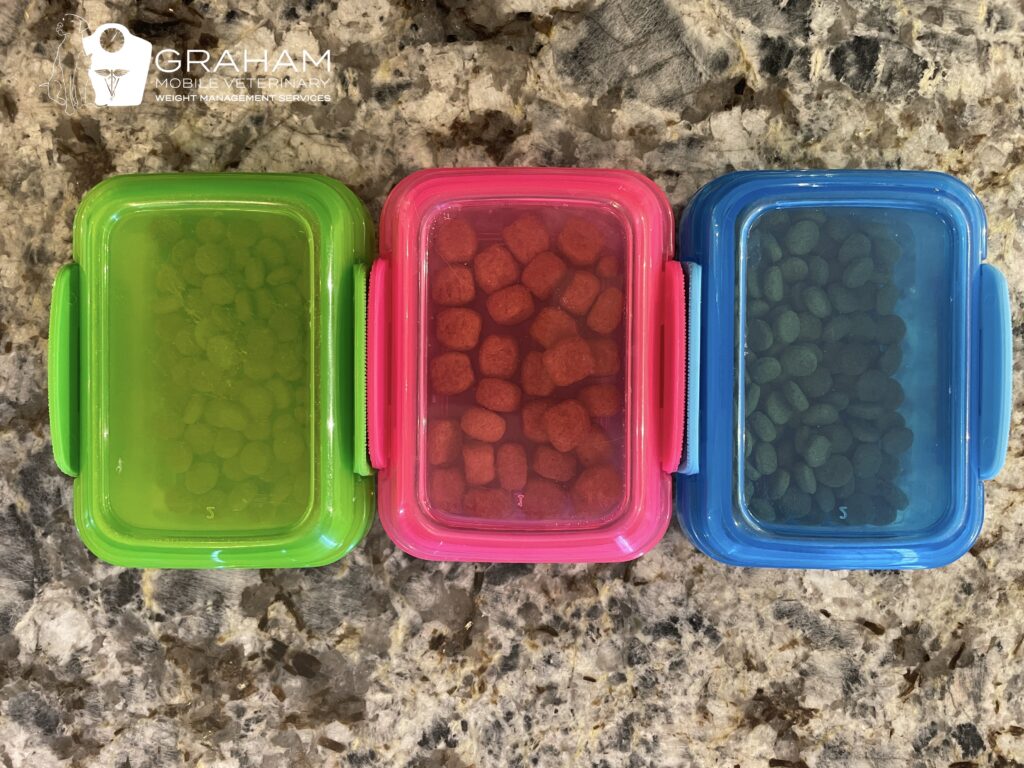

Knowing how much food to measure poses the final challenge. A reputable pet food company should provide feeding amounts in grams on their packaging or on their website – or the information should be easily obtained by contacting their customer care service. These feeding amounts are meant as a general guideline and should then be tailored to the individual pet’s needs, something the veterinary healthcare team can help with. Once this final piece of the puzzle is in place, weighing the pet’s food becomes as easy as 1, 2, 3:
- Place the pet’s bowl or a clean container on the scale.
- “Zero” or “tare” the scale so the display reads 0 grams.
- Add the food to the bowl or container until you reach the prescribed feeding amount.
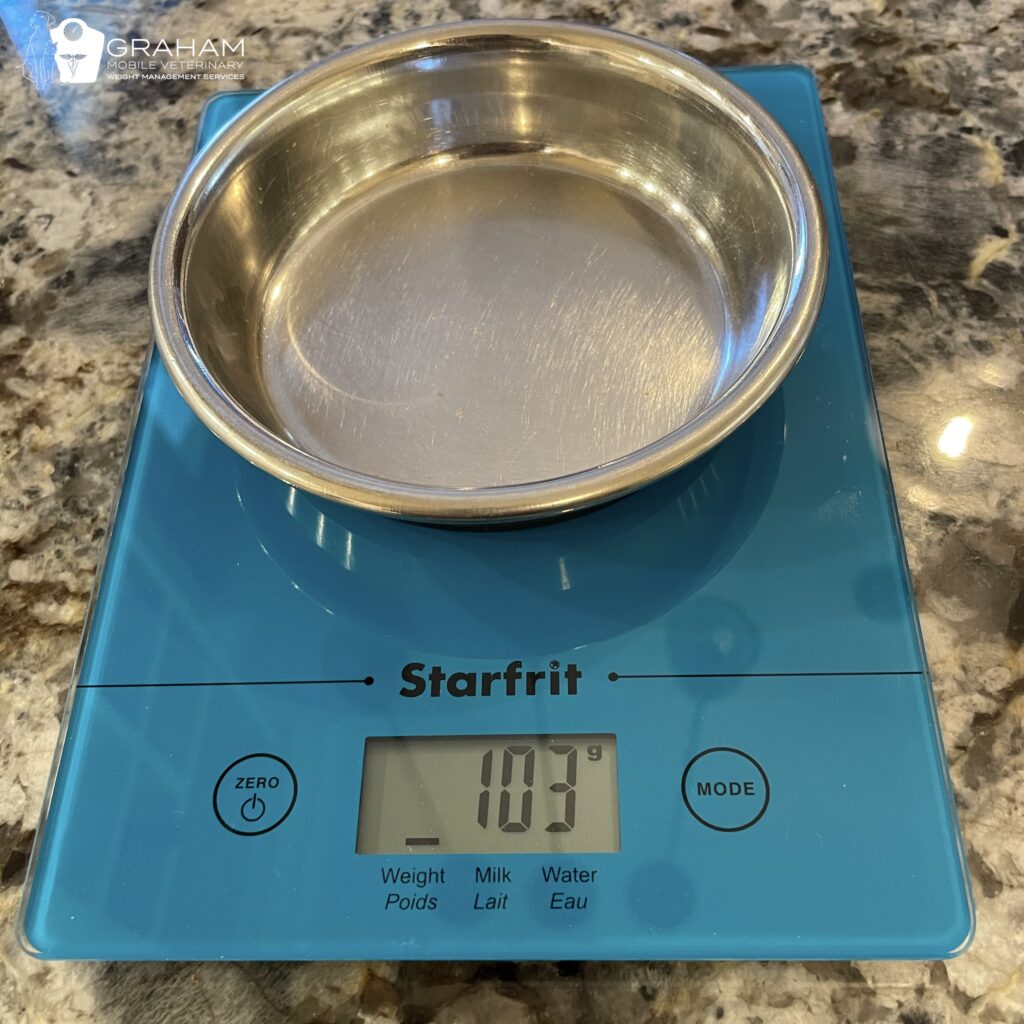
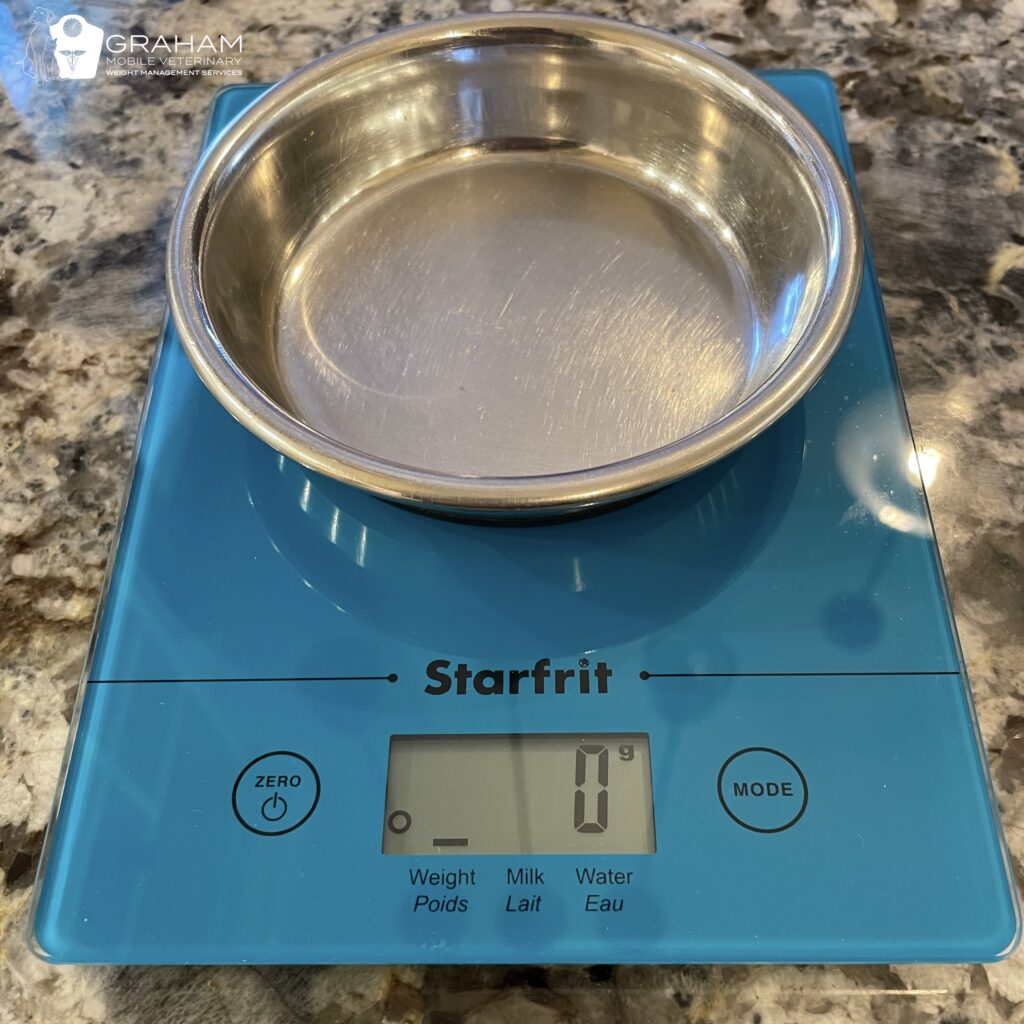
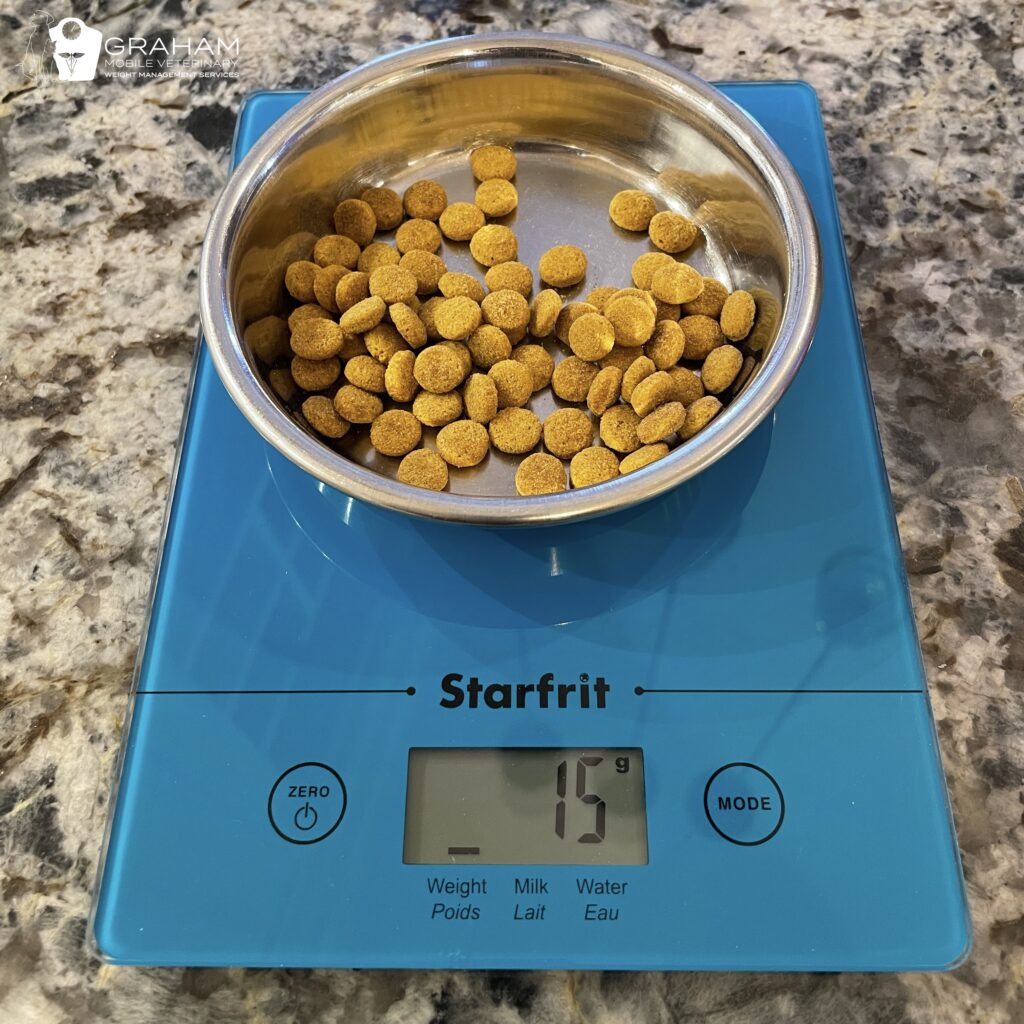
Note: Some digital kitchen scales have settings for solids and liquids and some allow you to switch between grams and ounces. Always ensure your scale is set to the correct mode and desired units.
So now that we’ve weighed in on measuring cups, it’s your turn: Take the Measuring Cup Challenge!
What you’ll need:
- Your current measuring device, your pet’s bowl, and your pet’s dry food
- A digital kitchen scale
- A photograph or screenshot of the packaging of your pet’s exact diet (or a website link)
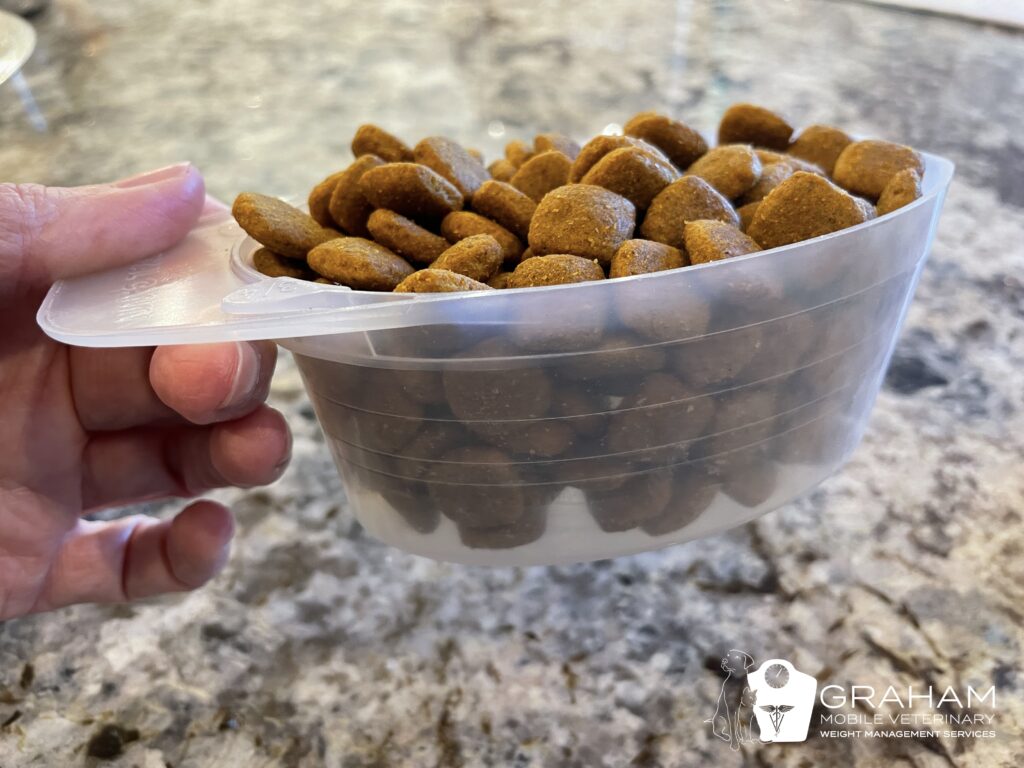
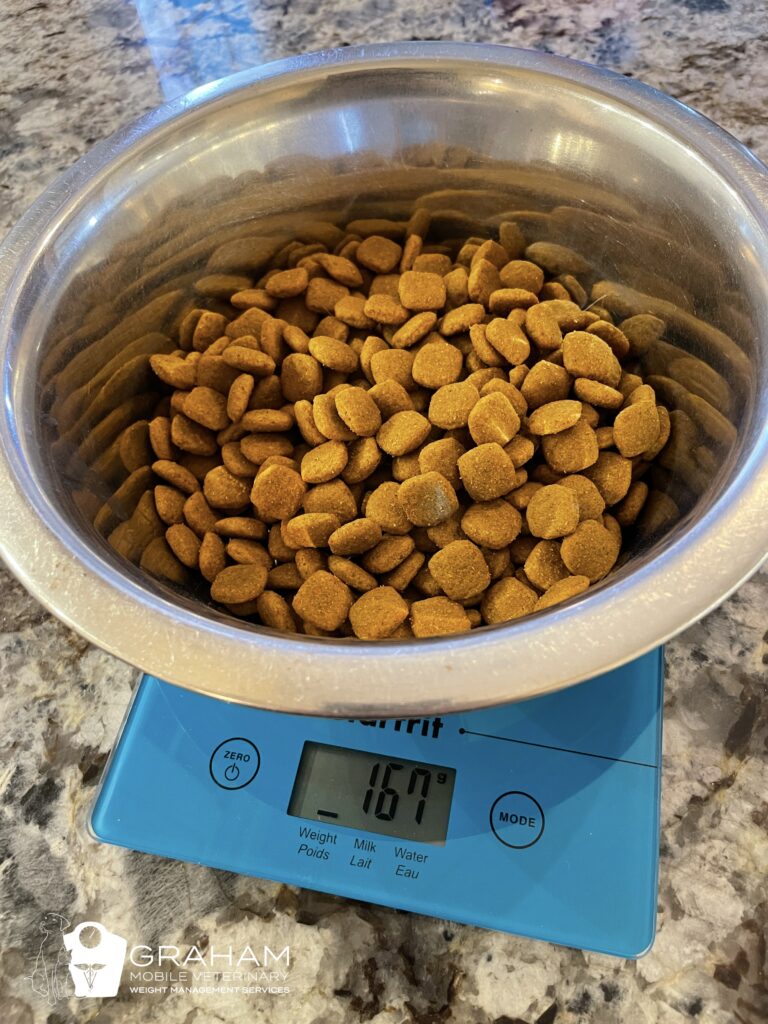
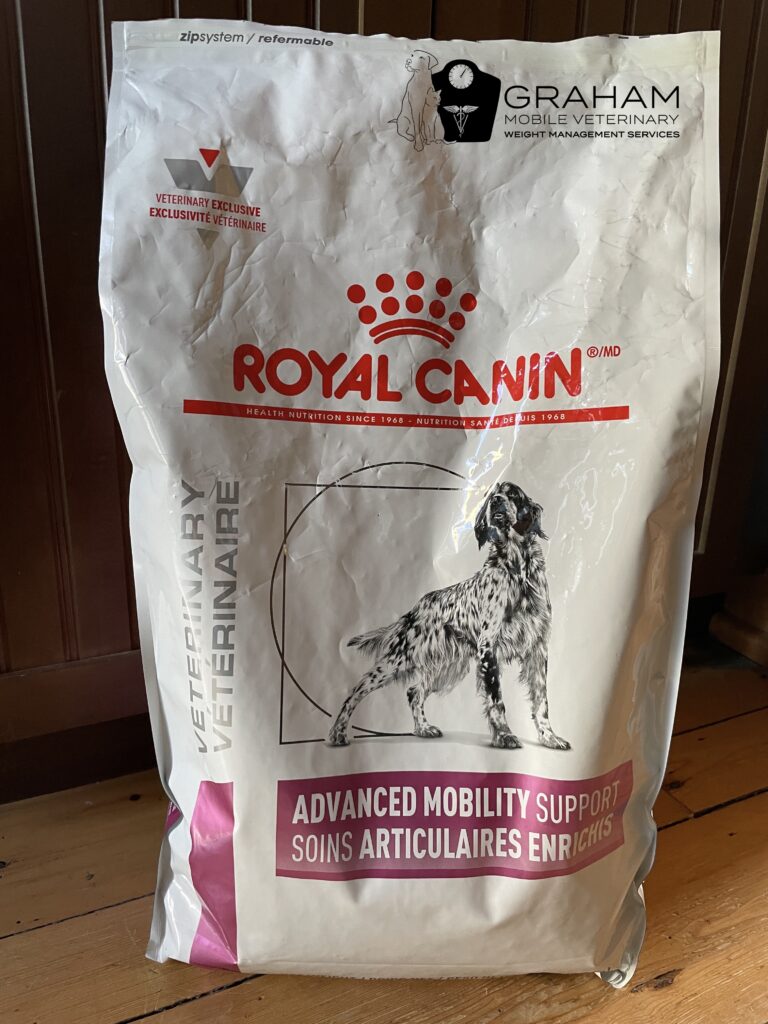
- Place your pet’s bowl on the kitchen scale and “zero” or “tare” the scale so the display reads 0 grams.
- Using your current measuring device, dole out your pet’s normal meal portion into the bowl and document the weight of the food. (Example: Using a measuring cup, 1 ½ cups of my dog’s dry food weighed 167 grams)
- Comment below with the amount you measured in cups, what it weighed in grams, and include a photo of the food packaging (or a website link).
We will crunch the numbers to evaluate your accuracy and then reply to your comment to let you know how skilled you really are! (For the record, I was over-estimating my dog’s food by 30 grams or 22% – 2 donuts! Oops…)
Graham Mobile Veterinary Weight Management Services offers tailored weight management programs for dogs and cats across Ontario. If you need further assistance with your pet’s nutritional plan, feel free to contact us directly!

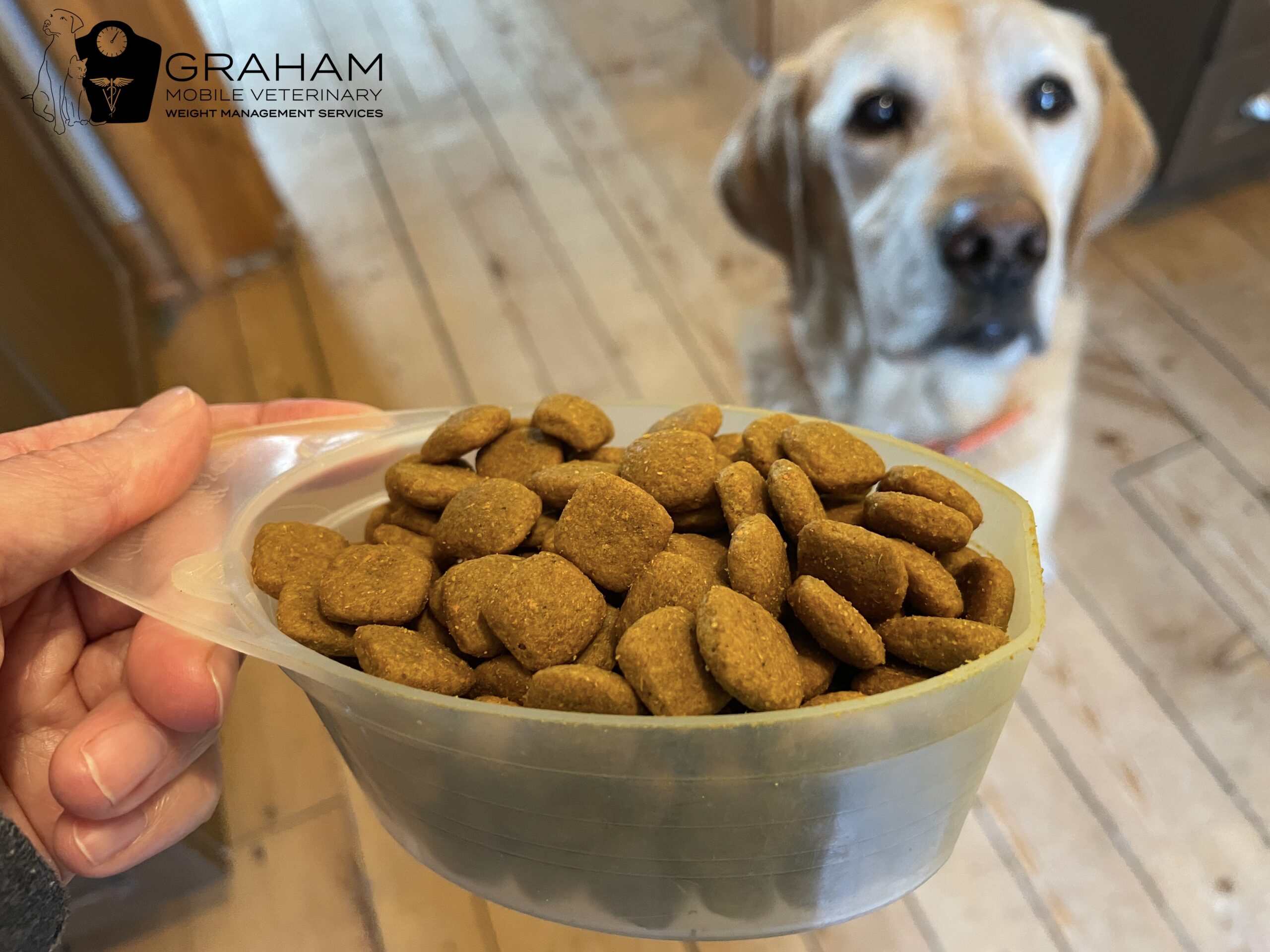
Great post Dr. Graham!
Thanks for taking the time to read it, Aaron 🙂